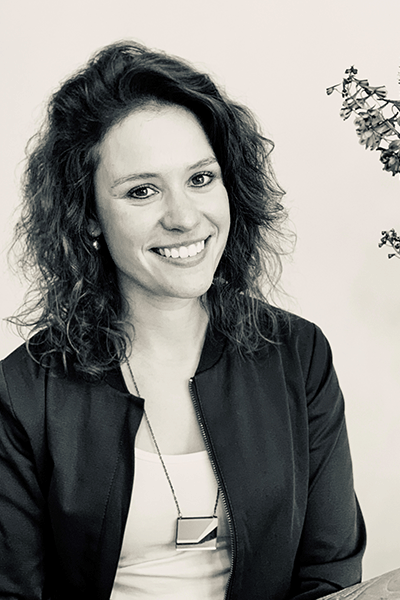“I’ve always been interested in the medical world and previously wanted to study medicine. I also liked physics and chemistry. MNS combines those interests. During the first year of my bachelor's degree, I was introduced to clinical physics and knew for sure then that I wanted to continue in this field. The master’s specialisation in Medical Physics was the perfect preparation for this.”
“With the choice of certain courses and my master's degree, I expected to be able to train as a clinical physicist, and that expectation came true 100%. I still apply the analytical skills that I acquired through MNS to my work on a daily basis. In addition, the knowledge I acquired of the physiology of the human body, knowledge of medical imaging and its applications and, of course, radiation physics is indispensable in my work.”
“As a medical radiotherapy physicist, I’m responsible for the technical aspects of administering radiation therapy to (cancer) patients. Among other things, I’m involved in optimising the treatment for the individual patient and ensuring that the prescribed dose is dispensed correctly and in the right place. Within radiotherapy, my focus area is brachytherapy, internal radiation. In addition, together with my colleagues, I take care of the acquisition, maintenance and usage of the right radiotherapy equipment. In addition to these clinical activities, I’m involved in research and the implementation of technical innovations in the treatment chain.”
“My job responsibilities vary a lot, so no day is the same. On a shift day, I’m called for ad hoc jobs, such as dosage calculations for anatomical changes or treatment plan checks. The next day can consist of all kinds of meetings, for example with the brachytherapy team, the incident committee or suppliers. Other days, I spend time on measurements at the brachytherapy unit or answering email. And finally, there are days to work on research or ‘just’ sit behind my computer working out measurements, writing a report or article, or making a presentation.”
“I enjoy collaborating in a multidisciplinary team, in which we can bring together different ideas in a new initiative to improve or innovate the treatment of a vulnerable group of patients or to make the work of doctors and lab technicians easier.”
